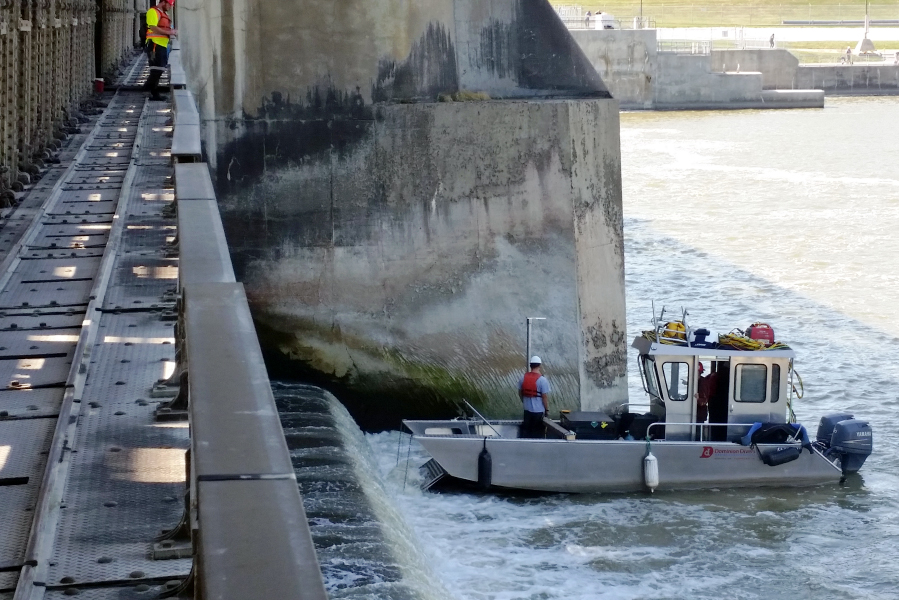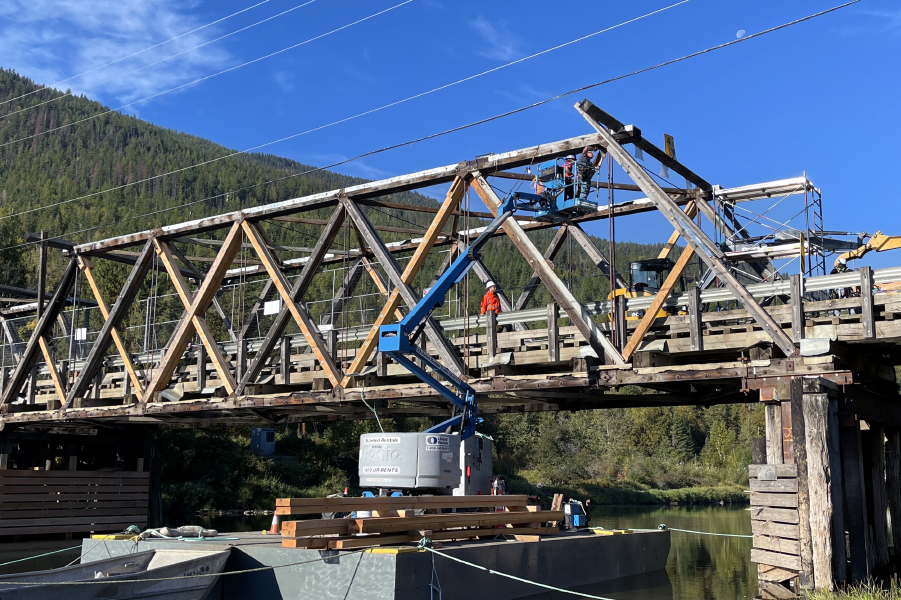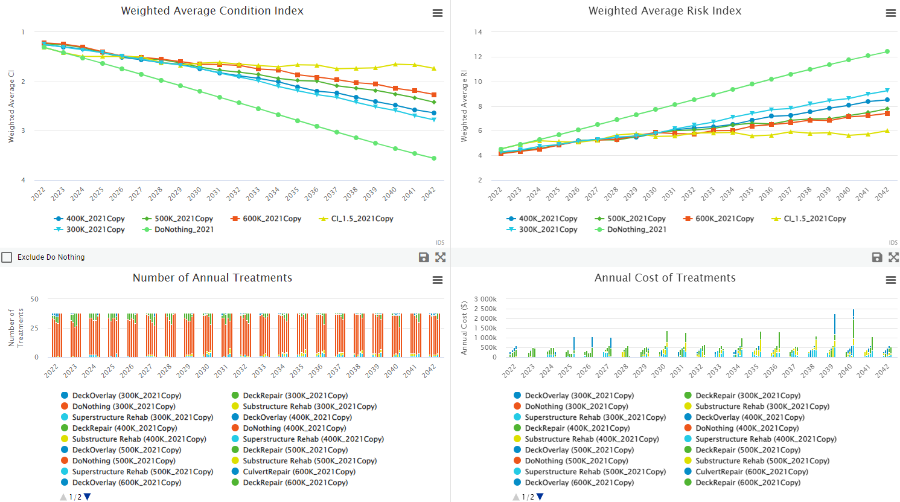Share

Bridge inspection and rehabilitation have been the backbone of Associated Engineering's transportation structures services for over 40 years. Our team conducts visual inspections, structures modelling, and rehabilitation design to assist clients in preserving and extending the life of their bridges and structures inventory. We are constantly advancing the tools that we use for bridge inspections for specialized and non-destructive material testing.

On recent projects, we have employed a wide array of innovative approaches and technologies for gathering data, conducting risk analysis, prioritizing work, visualizing recommendations, as well as identifying funding options. We have completed projects from BC to Ontario and the North, including detailed condition assessments of the historic St. Andrews Lock and Dam in Manitoba and Baxter Bridge in BC, and employed drones for improved data capture and specialized timber inspection tools.

With aging infrastructure and competing needs for limited government funds, risk management, strategy, prioritization, and funding are critical considerations when establishing a bridge management approach. Owners need to undertake visual inspections, and consider bridge condition, required maintenance, repairs, rehabilitation or replacement, as well as public needs, risks, and the municipality's overall funding.
For example, Associated Engineering has worked closely with Smoky Lake County in Alberta for almost 20 years, assisting them to manage their bridge inventory, comprising 88 bridges and culverts. A constant challenge has been securing adequate funding for bridge repairs and replacements. With approximately 4,000 residents, the County’s low tax base, large structures inventory, and recent escalating construction costs their challenges have compounded. Moreover, the County is facing aging infrastructure - many structures built between 1950 and 1970 now require immediate and significant rehabilitation.
Given these challenges, risk identification and rehabilitation prioritization are crucial. Decisions on keeping roads open or closed are based on traffic volumes, safety risks, and resident and business access needs. The County heavily relies on grant funding and provincial support, but faces competition from municipalities across the province for grants, which are often over-subscribed. Funding tends to be directed only to the most critical replacements.
To assist Smoky Lake County, Associated has supported lobbying efforts for funding key structures where closures would significantly impact the County’s economy. Identifying and targeting key assets and focusing efforts on securing funding for their maintenance and rehabilitation have been important components of the County's bridge management strategy, and maintaining the network's level of service through funding constraints. Our collective efforts have resulted in funding for crucial bridge replacements, that would not have been possible without our strategic approach.
Associated’s experience with the City of Kelowna showcases the benefits of a proactive bridge management strategy. We have assisted the City of Kelowna in managing their bridge inventory since the early 1990s, focusing initially on thorough inspections and detailed maintenance lists. These efforts identified repairs, rehabilitation, or replacement projects, following the BC Ministry of Transportation and Infrastructure's system.

In 2018, we introduced a new inspection rating process for Kelowna. This innovative system assessed the condition of bridge elements and evaluated the relevancy of observed defects, measuring their impact on the structure's performance. By developing a comprehensive risk profile for each bridge and its defects, we prioritized repairs based on the risk they posed to the City and its residents.
Incorporating factors such as Average Daily Traffic (ADT) allowed us to refine our prioritization further, ensuring funds are directed to the most critical projects. Over the past six years, this risk-based approach has enabled Kelowna to implement an aggressive bridge rehabilitation program. The condition of the city's bridges has improved significantly, shifting from reactive to proactive maintenance strategies. This transformation not only enhances public safety, but also ensures the longevity and reliability of Kelowna's bridge infrastructure.
The experiences of Smoky Lake County and the City of Kelowna underscore the importance of tailored strategies in bridge management. Whether facing funding challenges or managing a well-funded inventory, Associated's ability to assess risks, prioritize, innovate, and strategically plan are critical to a bridge management approach that provides safe and reliable infrastructure for communities and delivers value to our clients.
About the Author:

Michael Paulsen, M.Sc., P.Eng. is Vice President, Transportation Structures and a structural engineer with over 20 years of experience. He has been involved in a wide variety of projects, including roadway, pedestrian, heavy rail, and LRT bridges. Michael's experience includes concept, preliminary and detailed design, project management, asset management, planning, load-ratings and bridge assessment studies.






